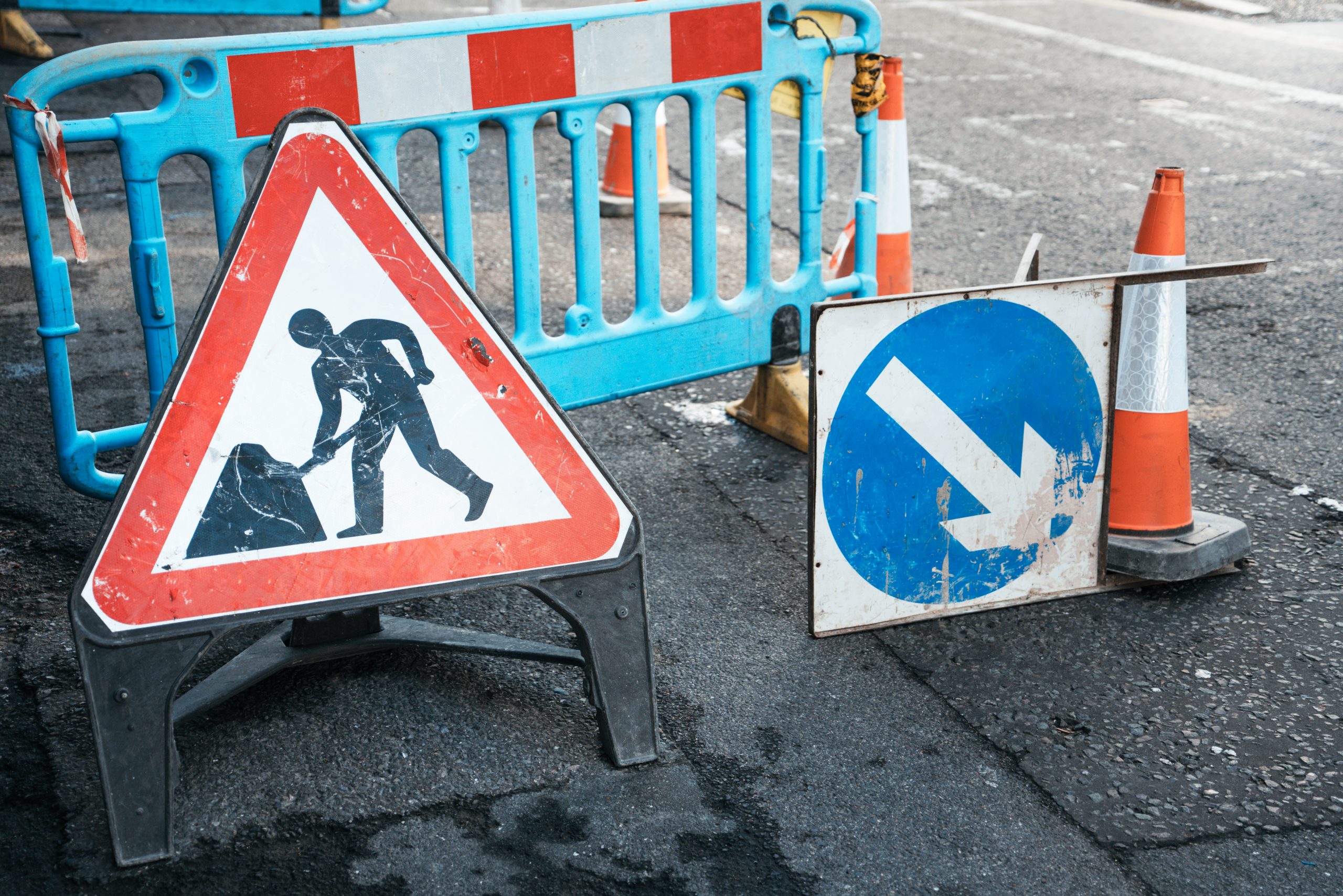Merging

Merging with Traffic
Driving would be much simpler if each person had a separate road to use. Since that is impossible, drivers need to learn how to merge with other traffic. Learning to do this maneuver properly is important for every road user.
The Alberta.ca website defines merging as the action that takes place when two roadways join into one. Often, this term refers to the technique that drivers use when they move from a smaller, low-speed road to a highway or other higher-speed road.
In many cases, these roads are designed to assist drivers with merging. As the Ontario.ca website notes, the standard formation is to have an entrance ramp going from the smaller road to the larger one, leading to an acceleration lane where drivers entering the faster road can speed up before they join traffic. While many entrance ramps and acceleration lanes are on the right side of the road, some are on the left, depending on the road’s structure.
The Acceleration Lane
The purpose of the acceleration lane is to ensure that vehicles merging into faster traffic have an opportunity to speed up before they join the other vehicles. That way, they are less likely to block other vehicles, possibly causing accidents and frustrating other drivers.
Even for the best drivers in the fastest cars, speeding up from a stop to highway speeds takes some time. Other drivers may not be paying attention and can crash into a vehicle going too slowly, or they may become frustrated at being forced to brake frequently for drivers who take too long to speed up to the flow of traffic.

Near the end of the acceleration lane, or earlier if possible, drivers need to start merging with the flow of traffic. Unless the road is reasonably empty, this stage will likely require cooperation from drivers who are already moving along the road.
In heavy traffic, it can be difficult for vehicles to merge onto a busy roadway safely. Sometimes, drivers already in the lane assist the newcomers by moving out if the way. If drivers can do this safely, it can be very helpful for anyone trying to merge into traffic. However, as Jason Tchir writes in his May 2015 Globe and Mail article, Canada has no laws requiring drivers to move out of the way, although it is a good practice.
Letting Other Drivers Merge
Drivers, once they are in a lane, officially have control of that space. If other drivers try to move into the space, they could be charged if they cause an accident. Still, it is a good idea to let others in to help reduce the possibility of road rage, which is when drivers become angry and act rashly.
If drivers decide to let another vehicle in, they can do so in one of several ways. If traffic conditions permit it, drivers could speed up or slow down enough to let the other in. Another option is to switch lanes, as long as the next lane has space. These actions can be dangerous unless the drivers are careful to check their mirrors and over their shoulders for potential dangers.
Drivers of vehicles merging into a roadway must take care as they move into the flow of traffic. As the Wheels.ca website notes, the basic principles of merging are to signal the intention to merge, to merge safely before reaching the end of the acceleration lane, and then to match the speed of traffic.
Accidents and Other Barriers
Although merging is often associated with one road joining another, accidents or construction on the road often require similar skills. In these cases, vehicles in the lane that is blocked must move to other lanes to be able to continue on their way.
Although merging is often associated with one road joining another, accidents or construction on the road often require similar skills. In these cases, vehicles in the lane that is blocked must move to other lanes to be able to continue on their way.
When drivers need to move out of the way of a barrier on the road, such as a parked emergency vehicle, they should gauge the best way of merging into traffic moving in the same direction. As Jason Tchir comments in his November 2018 Globe and Mail article, merging early is a good idea if traffic allows for it. When there is room, merging can be as easy as a simple lane change. However, in heavy traffic, other techniques are necessary.
The Zipper Method
The zipper method of merging is useful when a lane ends and traffic is heavy. The zipper merge, as the name implies, involves vehicles alternating with each other like the teeth of a zipper.
When it works well, the zipper method can reduce traffic congestion substantially. If emergency workers are on the road, it is best to move out of the way as quickly as possible. Otherwise, however, drivers can continue on until a better opportunity comes.
In general, merging towards the end of the lane is best to avoid slowing traffic down unnecessarily. Still, drivers should not wait until the last moment to try to merge in case other drivers see this as an attempt to skip to the end of the line. Drivers should also be careful not to block turning lanes as they wait for a chance to merge.

When it works properly, vehicles in the blocked lane smoothly enter the clear lane and speed up quickly to avoid blocking traffic. However, drivers need to be aware of the dangers of merging to be able to perform the maneuver safely.
For drivers merging onto a highway or other high-speed road, watching for traffic is an important issue. Other vehicles may be coming from behind, and the driver should be careful not to brake abruptly or to start up and stop again.
Watching for a chance to merge can also be challenging. Often, the angle at which the entrance ramp joins the main road requires drivers to turn their bodies around to check for danger. This can be awkward, and some drivers might find themselves neglecting to do a proper shoulder check. Accidents are likely to happen in this case.
Like other driving techniques, merging is a skill that takes time and practice to acquire. However, all drivers should work at gaining this important ability for safely moving through traffic.
